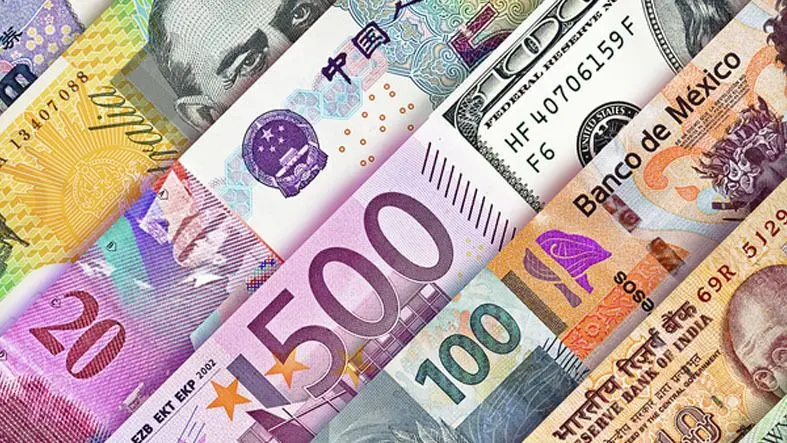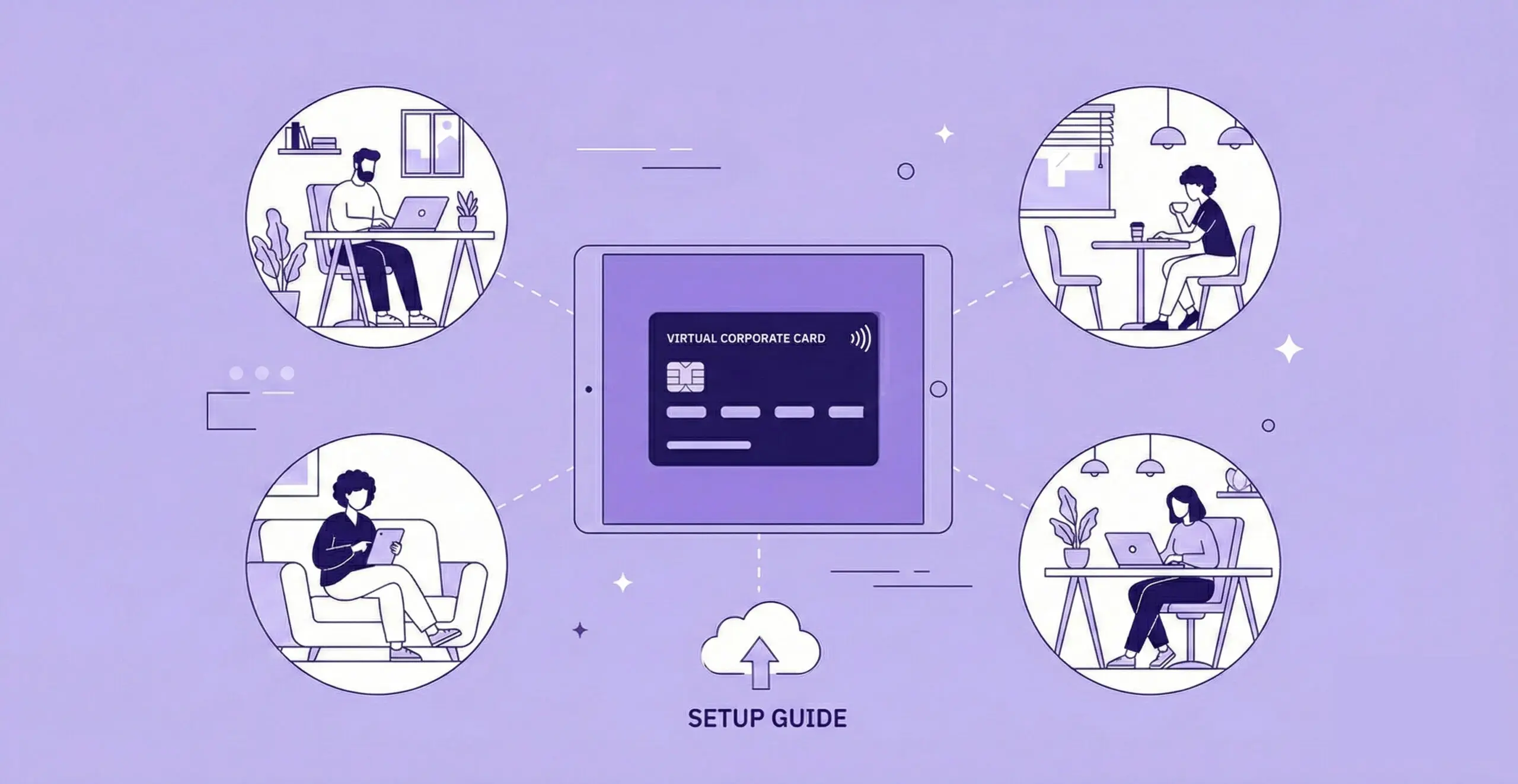November 03, 2022
Everything You Need to Know About Cross-Border Payments

Sign up for our newsletter
Stay informed with the latest trends and best practices in finance and procurement.

What are Cross-Border Payments?
Today’s increasingly connected world offers nearly unlimited global business opportunities. Consumers can order goods and services online internationally from the comfort of their own homes, while even small businesses can now manage employees across multiple countries.
Whenever business is done on a global scale, cross-border payments are generally involved. Simply put, cross-border payments are financial transactions where the person or organization making a payment and the recipient of the funds are located in different countries.
This can include transactions between people, companies, or banks looking to transfer funds from one country to another.
While this may seem like a straightforward transaction, there are tens of thousands of regulations for making international payments and each country has its own practices and set of rules that need to be considered.
How do Cross-Border Payments Work?
When a consumer makes an international online purchase or when a small business needs to pay one of its suppliers abroad, money is transferred from the payer's account to the recipient’s account. While this transfer of money can take many forms (as we’ll discuss below), ultimately banks are involved in the process as funds leave the client's bank account and enter the recipients.
With international payments, this seemingly simple process of money transfer is much more complex. Oftentimes multiple banks are involved in the transfer from one country to another, garnering significant transfer fees, exchange rates between different currencies need to be taken into account, as do local taxes for each country.
Take for example Suzie, who lives in France and just purchased a pair of shoes online from the United States. While making the purchase she is prompted to enter her personal information and preferred payment method, whether by credit card or an alternative payment method. Suzie’s bank will then contact the recipient’s bank and transfer the funds completing a cross-border payment.
Or take Carlos, a small business owner from Spain, who needs to pay one of his suppliers in Thailand. He provides his bank with the supplier’s financial details. The money is then routed from Carlo’s bank in Spain and is converted to Thai currency before making its way to the recipient’s bank account.
These are just two simple examples of cross-border payments, but of course there are many different ways to transfer money internationally.
Types of Cross-Border Payments
Whether it's a customer making an international purchase online or a business making a global payment - there are a number of options to choose from when making a cross-border payment. Ranging from bank transfers to credit card payments to alternative payment methods like Paypal - each of these methods have clear advantages and disadvantages.
International Bank Transfers
Credit Cards
Credit cards are a very simple and efficient method for making international payments. A consumer can simply input the details of his or her card and voila, within minutes, the transaction is complete. In reality, however, the process is more complex, as the credit card company must communicate with the payer’s and recipient’s banks and convert the funds into a different currency. Behind the scenes, this transfer acquires additional fees which can either be transferred back to the consumer, depending on the type of credit card, or passed along to the merchant.
Prepaid Debit Cards
A prepaid debit card is a fast and easy way to transfer money internationally. Funds are automatically deducted from the payer's account and transferred to the recipient's debit card account. The downsides to this payment method are the transaction fees, often for both the payer and the recipient as well as ATM fees when withdrawing the funds.
eWallets
An eWallet is an alternative payment method (APM) that serves as a digital wallet allowing for payment through digital apps like Paypal, Apple Pay or Google Pay. This payment method is becoming increasingly popular due to its ease of use and accessibility.
Take Paypal for example, which allows users to make cross border payments with the click of a button. While this method is easy to use, its disadvantages include high transaction fees and some global payments can take several days to clear.
It should be noted that a transfer from eWallet to eWallet is not considered a cross-border payment until the funds are withdrawn and transferred into the recipient’s bank account.
Cross-Border Payments Solutions
Today, any business that wants to grow internationally must incorporate cross-border payments. This can be a difficult task - navigating through the international banking system while keeping track of multiple payments in multiple currencies as well as local tax laws in every country.
Luckily however, today, there are innovative solutions to help businesses successfully manage cross-border payments and thrive in the global market. Companies like PayEm, remove the complexity and cost from global payments. PayEm lets you send payments to over 200 territories in 130 different currencies so you can pay any supplier, contractor, freelancer, publisher, or vendor, nearly anywhere in the world while maintaining complete control and visibility.


